🍏🇬🇧🥧 Traditional Bramley Apples – British-Grown & Full of Flavour
Our Traditional Bramley Apples are grown right here in the UK and cherished for their sharp tang, light, fluffy texture when cooked, and unmistakably bold flavour. Whether you’re making pies, crumbles, sauces, or chutneys, these heritage apples deliver that classic British home-baked taste. Bold. Tart. The UK’s favourite cooking apple.
💫 Flavour Profile:
Tart 🍋 | Juicy 💧 | Bold 🍏 | Classic & comforting 🏡
🌟 Why You’ll Love Them:
-
🍏 Exceptionally tart and juicy – perfect for sweet or savoury dishes
-
🥧 Breaks down beautifully when cooked for a soft, fluffy finish
-
🇬🇧 Proudly grown on British orchards
-
🧑🍳 Ideal for pies, crumbles, chutneys, sauces, and roasts
-
💪 A great source of fibre, vitamin C, and antioxidants
🍽️ How to Use:
-
Bake into traditional apple pies or crumbles 🥧
-
Simmer into a smooth apple sauce for roast pork or sausages 🍽️
-
Add to chutneys or spiced preserves for cheese boards 🧀
-
Dice into muffins, cakes, or seasonal traybakes 🍰
-
Pair with cinnamon, ginger, or nutmeg for warming flavour 🌿
🥧🍏 Quick Bramley Apple Crumble
A classic British dessert in under 1 hour.
🛒 Ingredients (Serves 4–6):
-
3–4 Bramley apples, peeled, cored & sliced 🍏
-
2 tbsp caster sugar
-
1/2 tsp cinnamon (optional)
-
100g plain flour
-
50g cold butter, cubed
-
50g brown sugar
-
Optional: a handful of oats or chopped nuts for crunch
👩🍳 Instructions:
-
Preheat oven to 180°C (160°C fan).
-
Place apple slices in a baking dish. Sprinkle with caster sugar and cinnamon.
-
Rub flour and butter together with fingertips until crumbly. Stir in brown sugar (and oats/nuts if using).
-
Spread crumble topping over apples.
-
Bake for 35–40 minutes until golden and bubbling.
-
Serve warm with custard, cream or vanilla ice cream 🍨
✨ Simple, nostalgic, and full of real apple flavour.

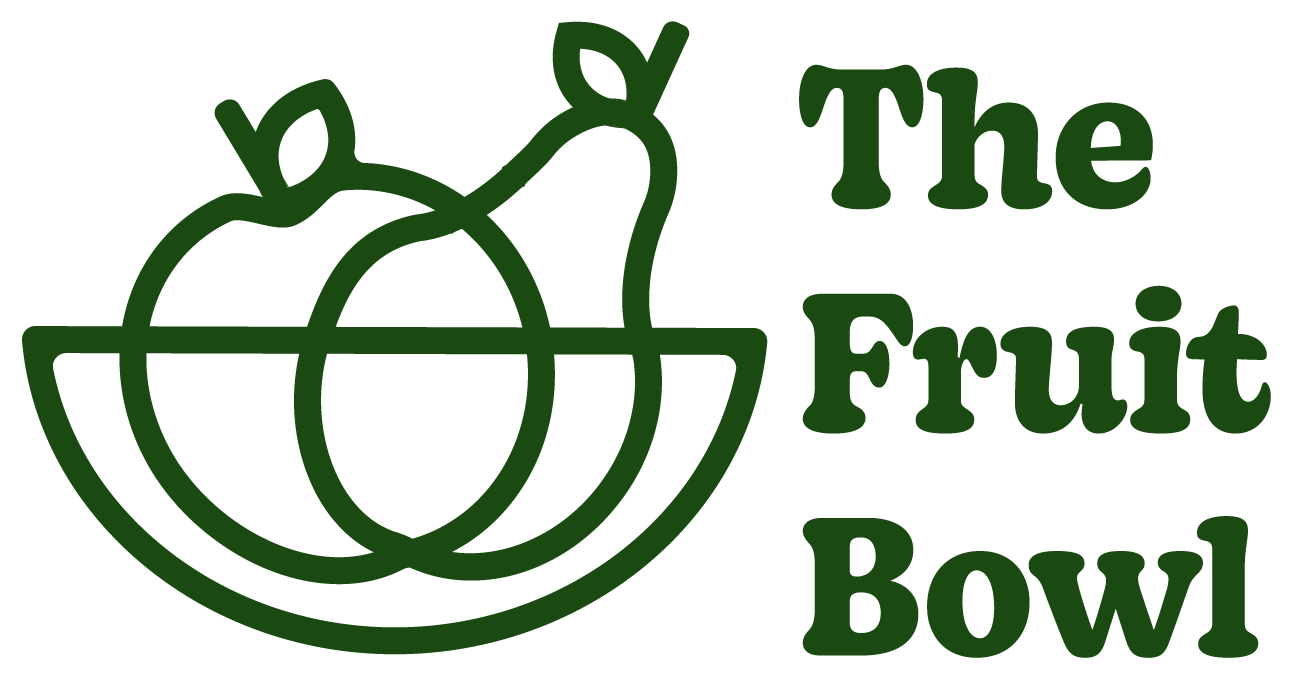
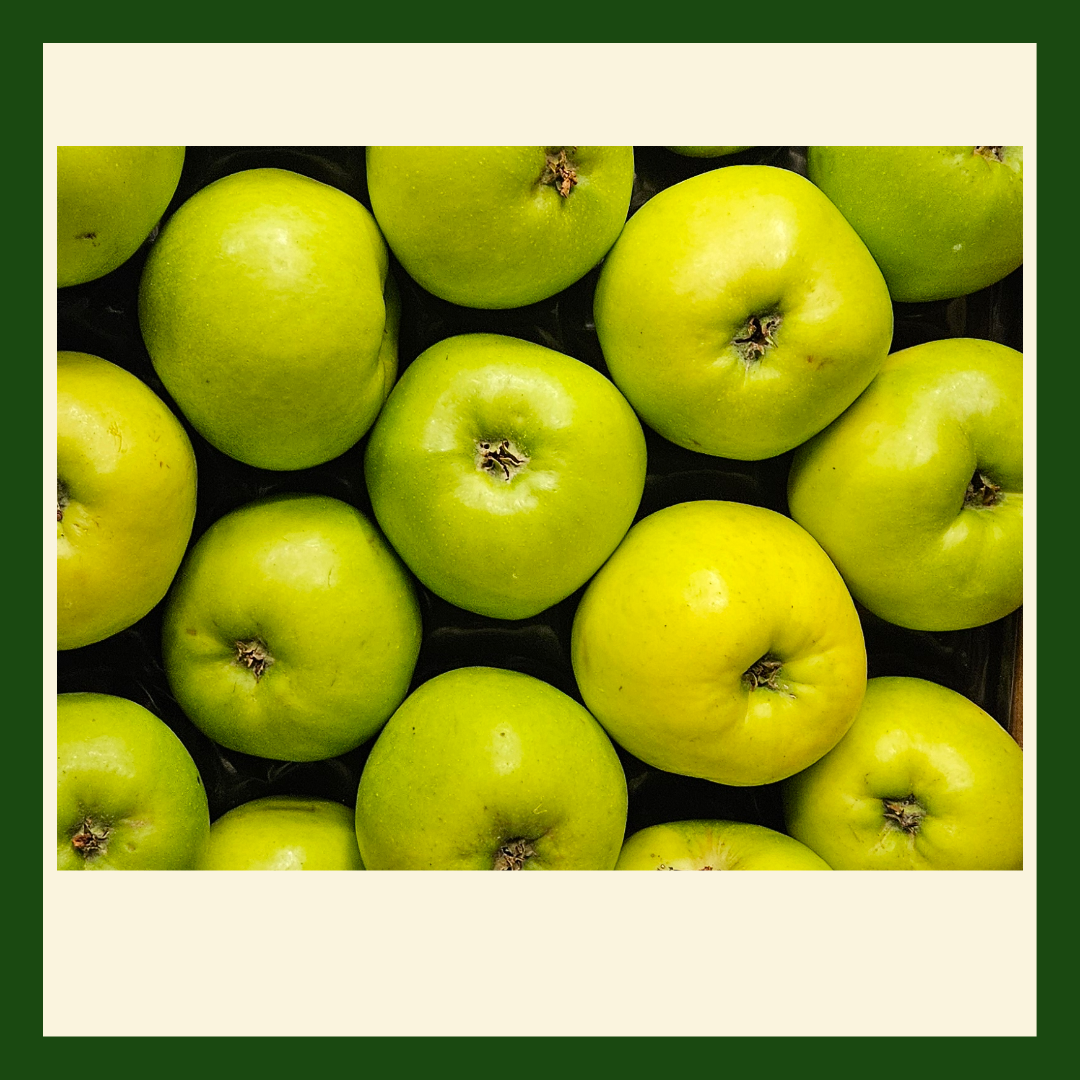
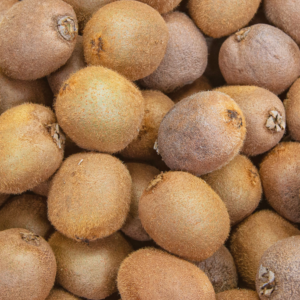

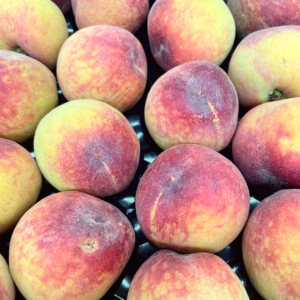
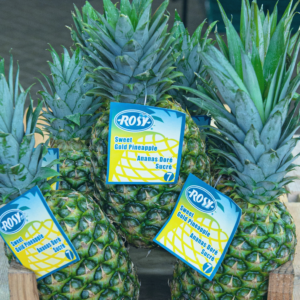
Reviews
There are no reviews yet.